Collection |
Collections
Filters
-
Collection Type
-
-
Collection |
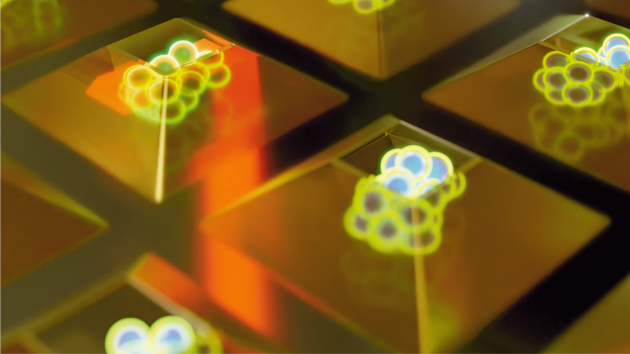 Innovations in Stem Cell Biology 2023
Innovations in Stem Cell Biology 2023
Stem cell models of development, regeneration, and disease are quickly advancing. New technologies and concepts are continuously combined with existing knowledge to create more realistic systems to improve our understanding of these intricate processes. In this collection, we highlight papers published in 2022-2023 across Nature Portfolio journals on topics including embryonic development and stem cells, reproductive biology, synthetic tissues and embryo models, clinical and translational research and tissue stem cells.
Image: Jean-Baptiste Sibarita, Virgile Viasnoff, and Anne Beghin -
Collection |
 Nobel Prize in Physiology or Medicine 2022
Nobel Prize in Physiology or Medicine 2022
The 2022 Nobel Prize in Physiology or Medicine was awarded to Svante Pääbo "for his discoveries concerning the genomes of extinct hominins and human evolution".
Image: Springer Nature/The Nobel Foundation/Imagesource -
Collection |
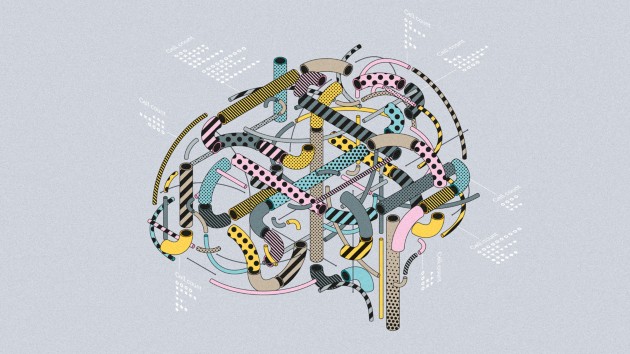 Brain Initiative Cell Census Network
Brain Initiative Cell Census Network
Four years ago, the NIH’s Brain Research through Advancing Innovative Neurotechnologies (BRAIN) Initiative Cell Census Network (BICCN) was launched, aiming to identify and catalog the diverse cells types in human, monkey and mouse brain.
Image: Jasiek Krzysztofiak/Nature -
Collection |
 Nobel Prize in Physiology or Medicine 2021
Nobel Prize in Physiology or Medicine 2021
The 2021 Nobel Prize in Physiology or Medicine was awarded to David Julius and Ardem Patapoutian "for their discoveries of receptors for temperature and touch."
Image: Springer Nature/The Nobel Foundation/Imagesource -
Collection |
 The Kavli Prize 2020
The Kavli Prize 2020
The Kavli Prize is awarded by a partnership between the Norwegian Academy of Sciences, the Norwegian Ministry of Education and Research and the Kavli Foundation.
-
Collection |
 Networks
Networks
Network science is now a mature research field, whose growth was catalysed by the introduction of the ‘small world’ network model in 1998.
Image: Kiyoshi Takahase Segundo / Alamy Stock Photo -
Collection |
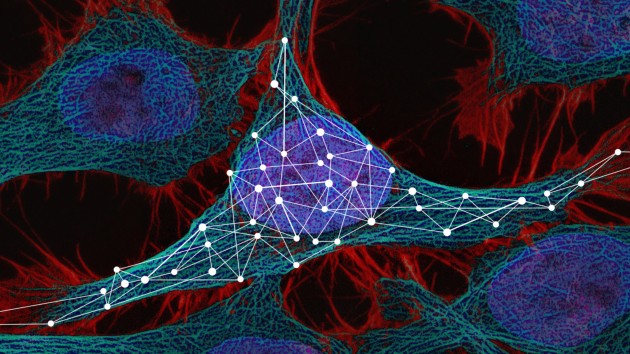 Deep learning in microscopy
Deep learning in microscopy
The December 2019 issue of Nature Methods features a focus on Deep Learning in Microscopy.
Image: Erin Dewalt -
Collection |
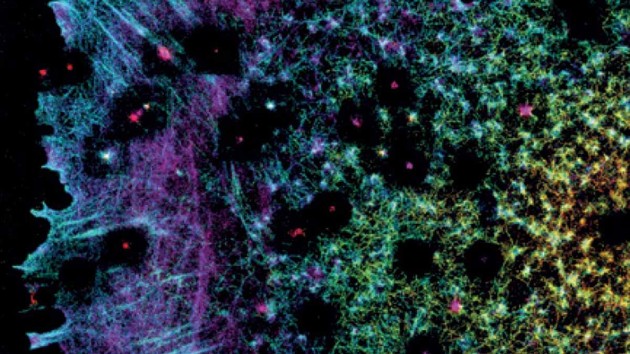 Super-resolution microscopy
Super-resolution microscopy
Popularization of super-resolution imaging techniques has allowed cell biologists to probe cell structure and function in previously unattainable detail. These methodologies continue to evolve, with new improvements that allow tailoring the available techniques to a particular need and application. This collection showcases primary research articles, reviews and protocols and highlights these recent developments by exemplifying the new, interesting applications of super-resolution microscopy as well as related tool development.
Image: Bertocchi et al., Nature Cell Biology volume 19, pages 28–37 (2017). -
Collection |
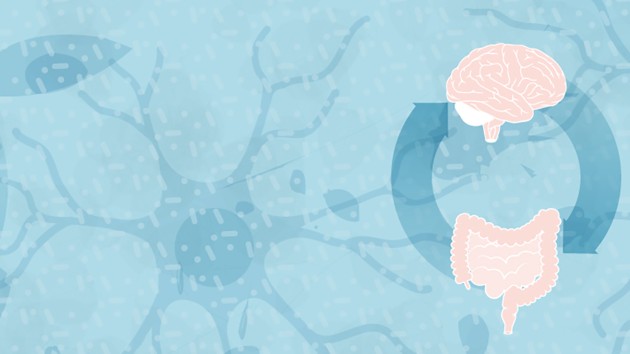 Gut-brain axis
Gut-brain axis
Collection of articles from the Nature Research journals covering advances in understanding the gut-brain axis.
Image: Laura Marshall -
Collection |
Chronic pain
Chronic pain is estimated to affect over one-quarter of the world's population, and presents a considerable therapeutic challenge. This Nature Collection brings together articles from Nature,Nature Medicine,Nature Neuroscience,Nature Reviews NeurologyandNature Reviews Neurosciencethat highlight recent advances towards understanding the risk factors and mechanisms that underlie chronic pain, and developing effective, non-addictive treatments for this highly prevalent condition.

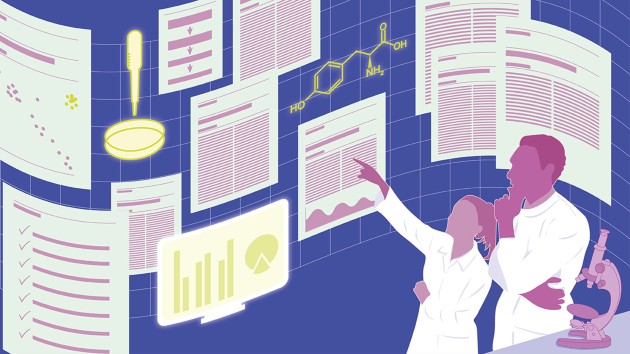 Best Practices in Method Reporting
Best Practices in Method Reporting